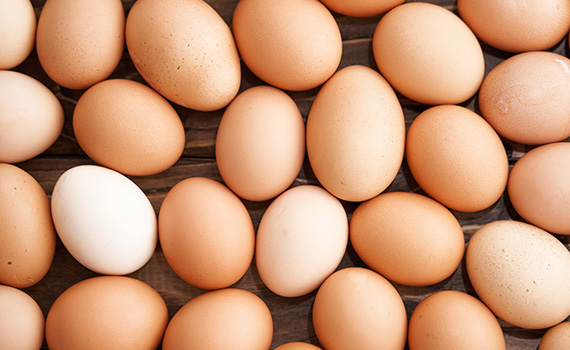Vaccination protects broilers from IBV despite exposure to moderate ammonia levels
Properly vaccinated commercial broilers are protected from an infectious bronchitis virus (IBV) challenge despite exposure to moderate ammonia levels, according to a study that surprised researchers.
Ammonia remains a persistent problem for the broiler industry because higher levels coincide with an increase in airsacculitis and condemnations, especially in winter when ventilation tends to be less than ideal, Emily Aston, DVM, of the University of Georgia, told Poultry Health Today.
Aston and colleagues sought to determine the impact of ammonia on the immune response to IBV vaccination. For their study, they administered an IBV Massachusetts-type vaccine to 1-day-old chicks. They placed the chicks in a climate-controlled room and exposed them to 30 to 60 parts per million of ammonia. Other birds in the study were not vaccinated and exposed to the same levels of ammonia, and some birds were vaccinated but were not exposed to ammonia.
At 28 days of age, birds in the study were challenged with IBV M41, a strain of the virus similar to the vaccine.
‘Completely protected’
“IBV-vaccinated birds in both ammonia and no-ammonia groups were completely protected from challenge and showed significantly reduced viral load, clinical signs, no ciliostasis and no airsacculitis,” Aston reported at the International Poultry Scientific Forum.
Among the unvaccinated, challenged birds, 90% exposed to ammonia had airsacculitis compared to 40% to 50% of those that weren’t exposed to ammonia.
The results surprised the investigators because past research indicates that ammonia exposure would negatively affect the immune response to IBV vaccination and protection against challenge, Aston said.
Aston noted that although ammonia’s contribution to poor air quality remains one of the biggest issues confronting the poultry industry, other factors are involved such as humidity levels, temperature, dust and carbon dioxide.
Still unknown is whether exposure to higher ammonia levels, coupled with factors such as insufficient vaccination and environmental stressors, can increase the risk for respiratory disease, all questions Aston said she and colleagues plan to study in the future
Aston said ammonia levels also rise when the temperatures drop — usually at night — and spike during the winter months because of cooler temperatures.
Increase ventilation
Ventilation is key to fighting respiratory infection from ammonia. She noted that many producers worry about their gas bills and reduce ventilation, inadvertently triggering a rise in ammonia levels in the house.
Because ventilation controls humidity, it controls ammonia, she said. The benefits of increasing ventilation to reach acceptable ammonia levels far outweigh the costs of saving on energy bills, she said.
“So, even if you don’t…have an ammonia sensor — those are very expensive — you can measure relative humidity in the house and there are target ranges,” Aston said. “What we recommend is anywhere from 50% to 70% humidity in the house for baby chicks. And then, as they get older, the natural humidity will increase, and you want to make sure you don’t go above that 70%.”
Posted on October 21, 2018
 We’re glad you’re enjoying
We’re glad you’re enjoying










